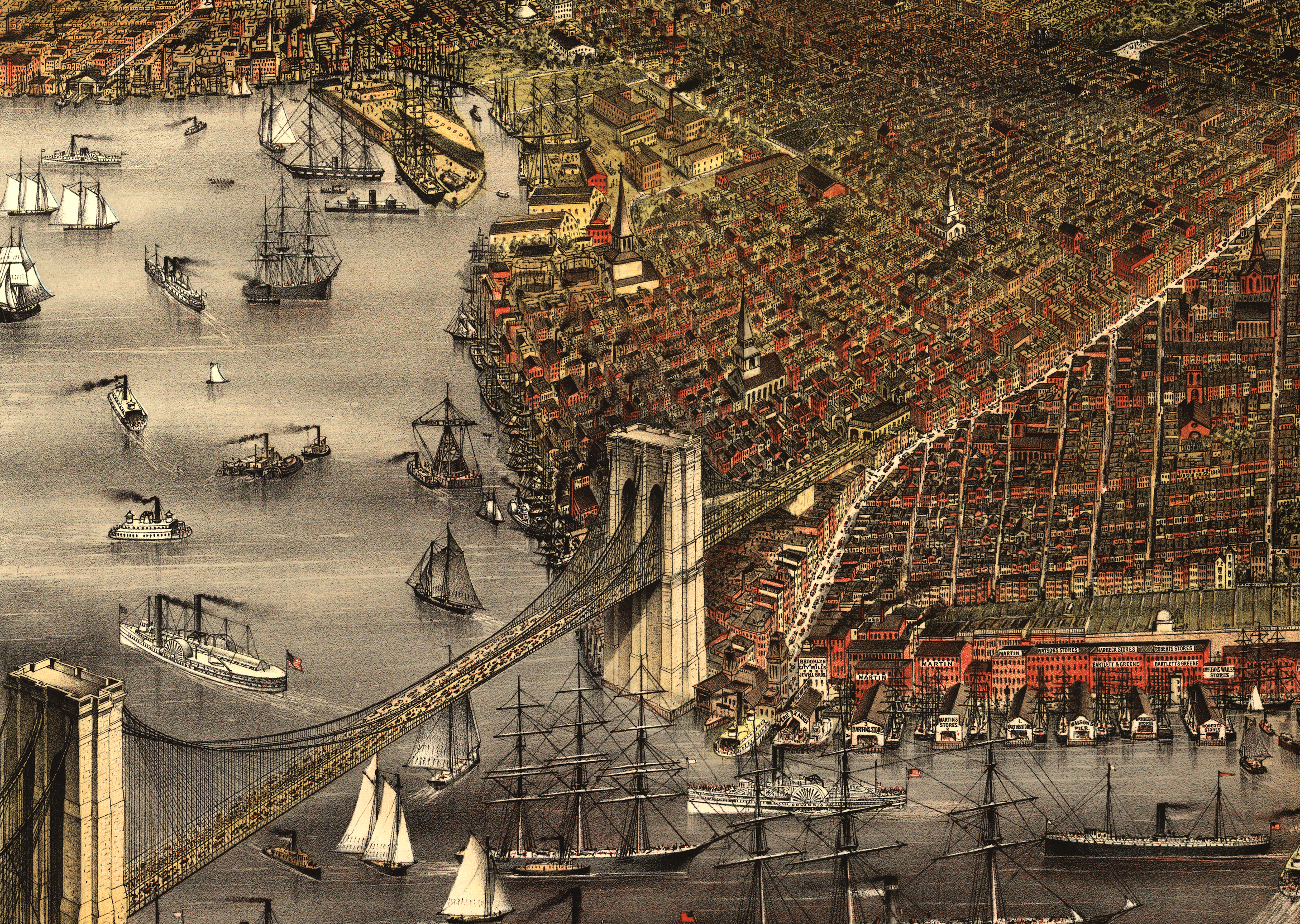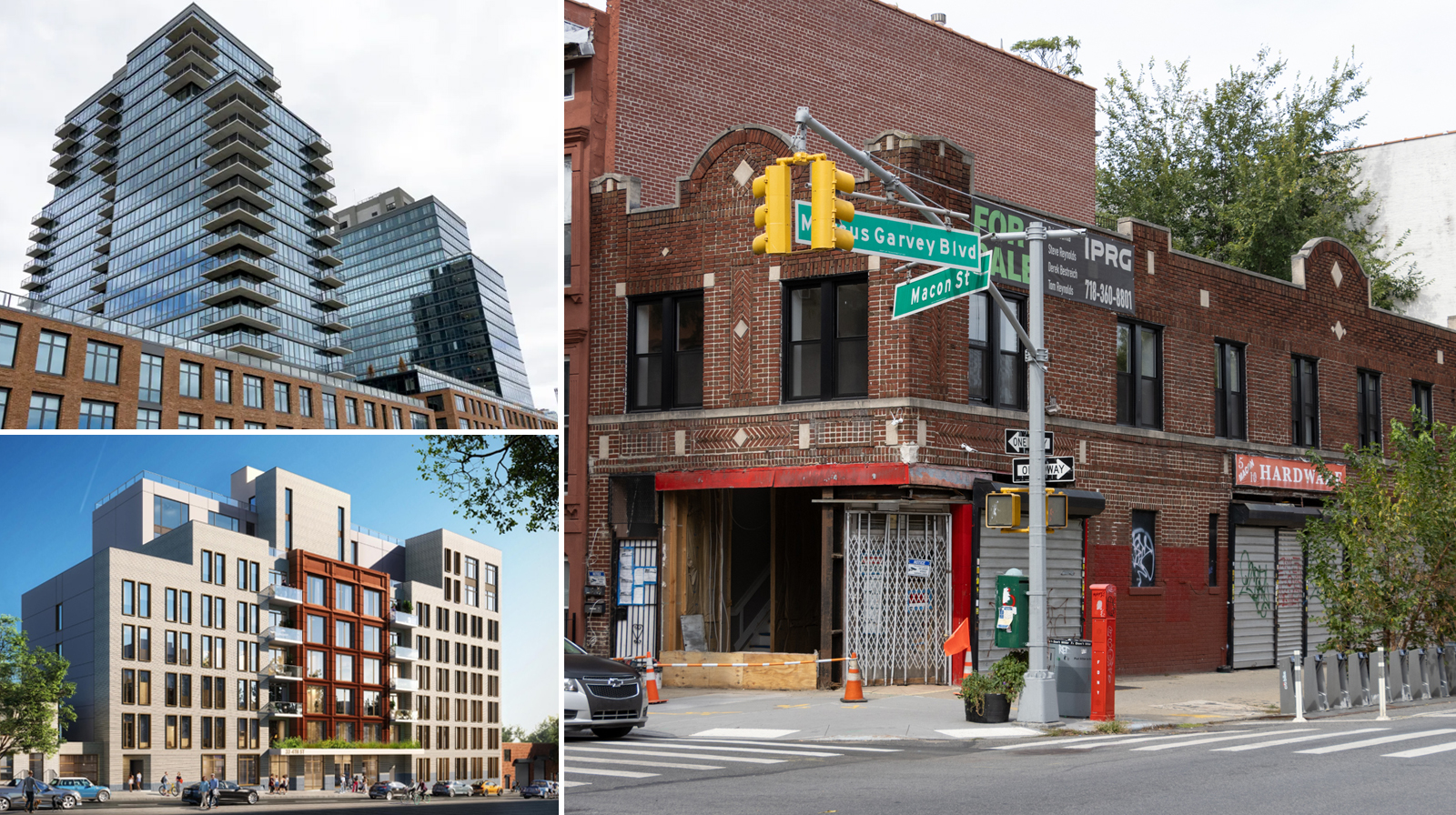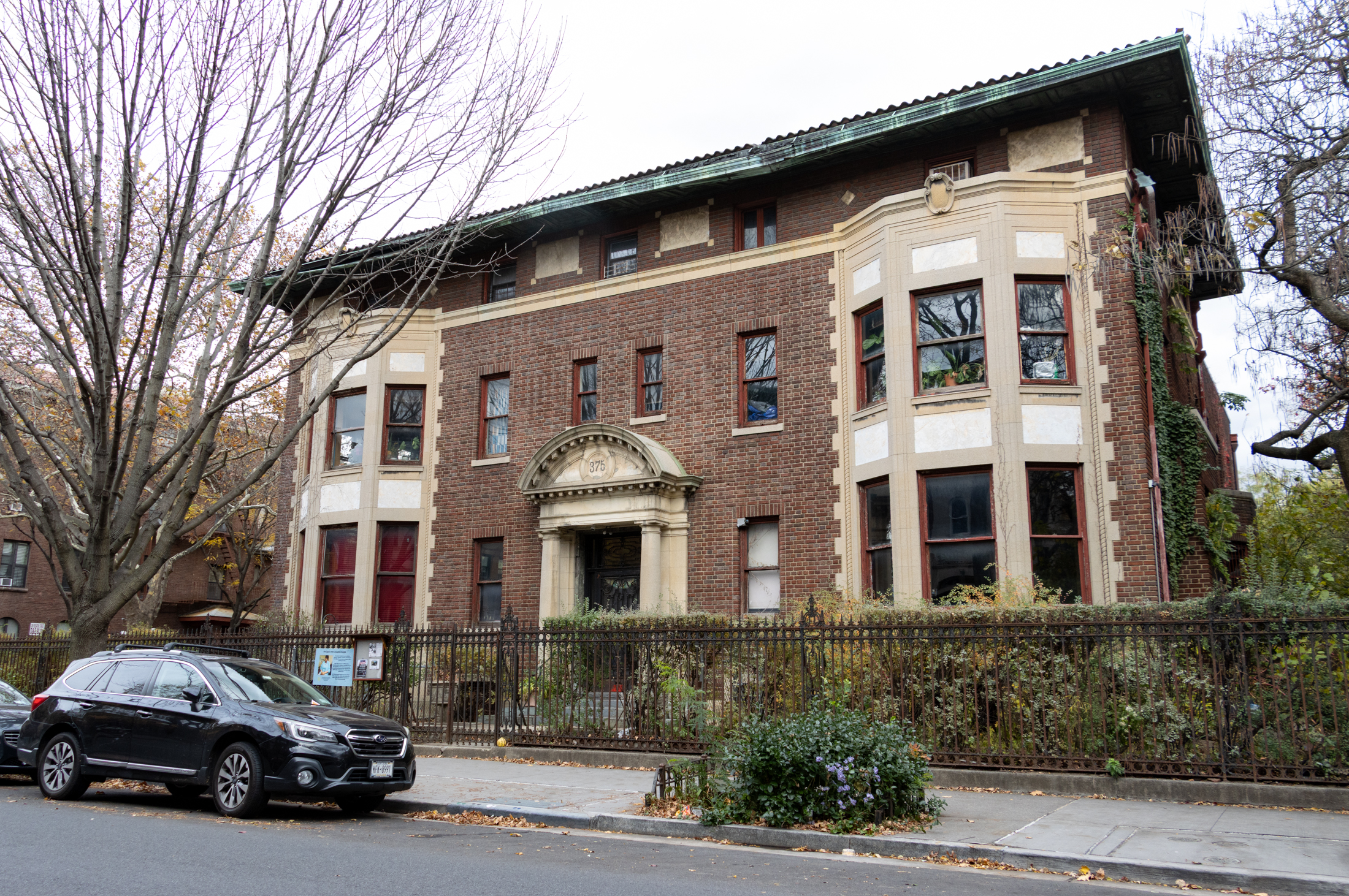BREAKING! LPC Approves Historic Designation for Domino
Just moments ago, the Landmarks Preservation Commission unanimously voted to designate the Domino Sugar refinery building as a New York City Landmark, ending once and for all months of speculation about the historic manufacturing building’s fate. Although the site’s owner had in recent months come around to the idea of preserving the exterior of the…


 Just moments ago, the Landmarks Preservation Commission unanimously voted to designate the Domino Sugar refinery building as a New York City Landmark, ending once and for all months of speculation about the historic manufacturing building’s fate. Although the site’s owner had in recent months come around to the idea of preserving the exterior of the refinery (which actually includes three buildings, the filter house, the pan house and the finishing house), today’s vote adds a nice layer of legal comfort to the development plan, which is still in the planning stages. One member of the commission said it was regrettable that the Domino’s iconic sign was not included in the designation but said she hoped it could be saved “through the powers of persuasion.” LPC Chair Robert Tierney said the factory “celebrates a time when industrial Brooklyn was king and Domino was its crown” and that the landmark designation “underscores LPC’s commitment to preserving industrial Brooklyn.” Update: On the jump, Michael Lappin, CEO of CPC Resources, provides the developer’s perspective on today’s news. Notice the preemptive strike at any attempt in the future to add any additional structures on the Domino site to the designation.
Just moments ago, the Landmarks Preservation Commission unanimously voted to designate the Domino Sugar refinery building as a New York City Landmark, ending once and for all months of speculation about the historic manufacturing building’s fate. Although the site’s owner had in recent months come around to the idea of preserving the exterior of the refinery (which actually includes three buildings, the filter house, the pan house and the finishing house), today’s vote adds a nice layer of legal comfort to the development plan, which is still in the planning stages. One member of the commission said it was regrettable that the Domino’s iconic sign was not included in the designation but said she hoped it could be saved “through the powers of persuasion.” LPC Chair Robert Tierney said the factory “celebrates a time when industrial Brooklyn was king and Domino was its crown” and that the landmark designation “underscores LPC’s commitment to preserving industrial Brooklyn.” Update: On the jump, Michael Lappin, CEO of CPC Resources, provides the developer’s perspective on today’s news. Notice the preemptive strike at any attempt in the future to add any additional structures on the Domino site to the designation.
On LPC’s Plate Tomorrow… [Brownstoner] GMAP
CPC Shows and Tells Its Plans for Domino [Brownstoner]
Plans for ‘New Domino’ Released by City Planning [Brownstoner]
Domino photo by krad

FOR IMMEDIATE RELEASE
STATEMENT BY MICHAEL LAPPIN
PRESIDENT & CEO, COMMUNITY PRESERVATION CORPORATION /
CPC RESOURCES, INC.
New York, September 25, 2007 — CPC Resources applauds today’s action by the New York City Landmarks Preservation Commission to designate the former Domino Sugar refinery structure as an official landmark. This is an important first step toward the creation of a new waterfront development that is tied into the existing Williamsburg community. The New Domino reflects the true legacy of New York, providing a home where people of diverse economic and cultural backgrounds can live together and form welcoming, enduring communities.
While today’s designation will add significant cost to our development budget, we believe it also affirms the important balance between the new and the old. We plan on achieving this balance, the preservation of generous open space, and the community’s consistently articulated need for affordable housing – an objective that reflects CPC’s mission – all within the height guidelines of the Williamsburg-Greenpoint rezoning of 2005. In fact, the design we have proposed, which comprises 2,200 units including two 30-story towers and two 40-story towers, is what allows the entire project to be economically viable given the additional cost of the preservation.
We also agree with the Commission’s overall finding that the refinery complex alone represents the site’s historical significance. We look forward to transforming a site that has been walled off for a hundred years into a showpiece of affordable housing and park-like waterfront access for all.





I agree with 5:29.
This is not a vast empty warehouse that can be readily adapted to other uses. It is a purpose built factory for the refinement of sugar, which means it is filled with all sorts of heavy machinery and windowless expanses of grimy mucky factory guts.
I predict it will just sit there for years. Vacant, ugly, and unloved. I don’t know what the preservationinsts are smoking, or when it became imperative to focus only on the very ugliest buildings from the past. Beautiful houses and commercial buildings are being demolished every day and the preservationists are only interested in saving unusable industrial eyesores such as this. The movement has lost its meaning, it has lost its way, that is an unfortunate loss for all of us.
Chelsea Market was built in a structure that vastly exceeds existing zoning bulk (The Nabisco factory). They were not being charitable. This building doesn’t offer such advantages, and its design is going to be prohibitively expensive to adapt to a modern use.
No developer will waste his money on this thing. All you hipsters better start donating money, or figuring out a way to use government authority to take money from the people to finance your dreams.
I’m not an architect, but I can see the potential of these buildings for creative adaptive reuse. Just takes some imagination and some money to get something we will be flocking to, like they do at the Tate Modern in London.
Brava, Brenda, for telling it like it is. I agree, museum space would be ideal here. I still also have to go back to the local example of the former Nabisco bakery, now called Chelsea Market on 19th and 9th Ave. Brilliant use of the old factory, its artifacts, and combining retail, and in this case, office space. They could have easily torn down that monument to industry, too. Thank goodness people with vision were allowed to create a truly special place.
Jeez… great. For those of us who actually live nearby it means more years of urban blight at our doorstep. The reality is blindly landmarking derelict buildings without a reasonable plan for reuse virtually guarantees that the hulking shell will remain empty for many more years. A monument to past manufacturing greatness could have been achieved without resorting to landmarking.
I bet the “affordable” housing will be contained in this old building, with small airless windows.
Brenda,
“web pages and panini”
C’est bon!
I don’t think anything particularly glamorous was ever made in Williamsburg. Sugar, pencils, mustard, rope, not exactly compelling items to draw the attention of children or anybody else. Most of this banal stuff was made in cruddy factories like this one. Thank goodness that Dickensian phase of history is over in Brooklyn. I would not shed a tear to see this factory imploded. On the other hand if somebody wants to rehab it into luxury condos for the young and very affluent, fine.
What I’m saying is that this building does not have what it takes to capture the imagination. It is just a scrap tossed to preservationists who think it is a big deal.
I don’t care about it. I can’t imagine many “civilians” do.
Ha Ha Issac, what will you do now?
No one asked you to be rich and jewish, now eat it
This “thing” is indeed a monument to bad labor conditions, and to a lot of other things: the courage and dignity of factory laborers, the danger and rawness of old smokestack industries, and the economic vitality and opportunity of a time when Brooklyn, and not China, turned out stuff by the shipload. It is a monument to geography–shipments of sugar cane (or rubber for spaldeens, or cotton for garment mills)–so THAT’S why we were built on a harbor! (And here we thought it was for the future condo views!) Finally, it is a monument to collective memory–a part of Brooklyn’s generally unremarkable skyline with a profound cultural significance arising straight out of its pug-ugliness. The high-rise-buyers of Williamsburg should have to look at it every day of their lives; methinks they will want to, since part of what they’re paying a premium for is a Disneyfied version of “edge” and “grit.” (There’s a condo named “Edge”–are they going to build another next door and call it, perhaps, “La Gritte”?)
I suggest again: turn Domino into a world-class museum of New York’s industrial past, before our children forget that there was ever a time when men and women made something on our shores besides web pages and panini.
I’m not saying it shouldn’t be a landmark, I’m just saying that it is a remarkably ugly building. I think it will be a challenge to carve out nice living spaces in that funerial hulk. The industrial buildings in SOHO have huge windows -and they are really beautiful. This thing is a monument to bad labor conditions. And to the rapacious Havermeyers too I suppose.
Landmarking isn’t a friggin’ beauty contest! The site is very significant to the development of Brooklyn, NYC and America, and you know what – that entials some not-so pleasant elements such as the treatment of workers, and unfair trade practices. Is it better to just forget all of that ever happened?